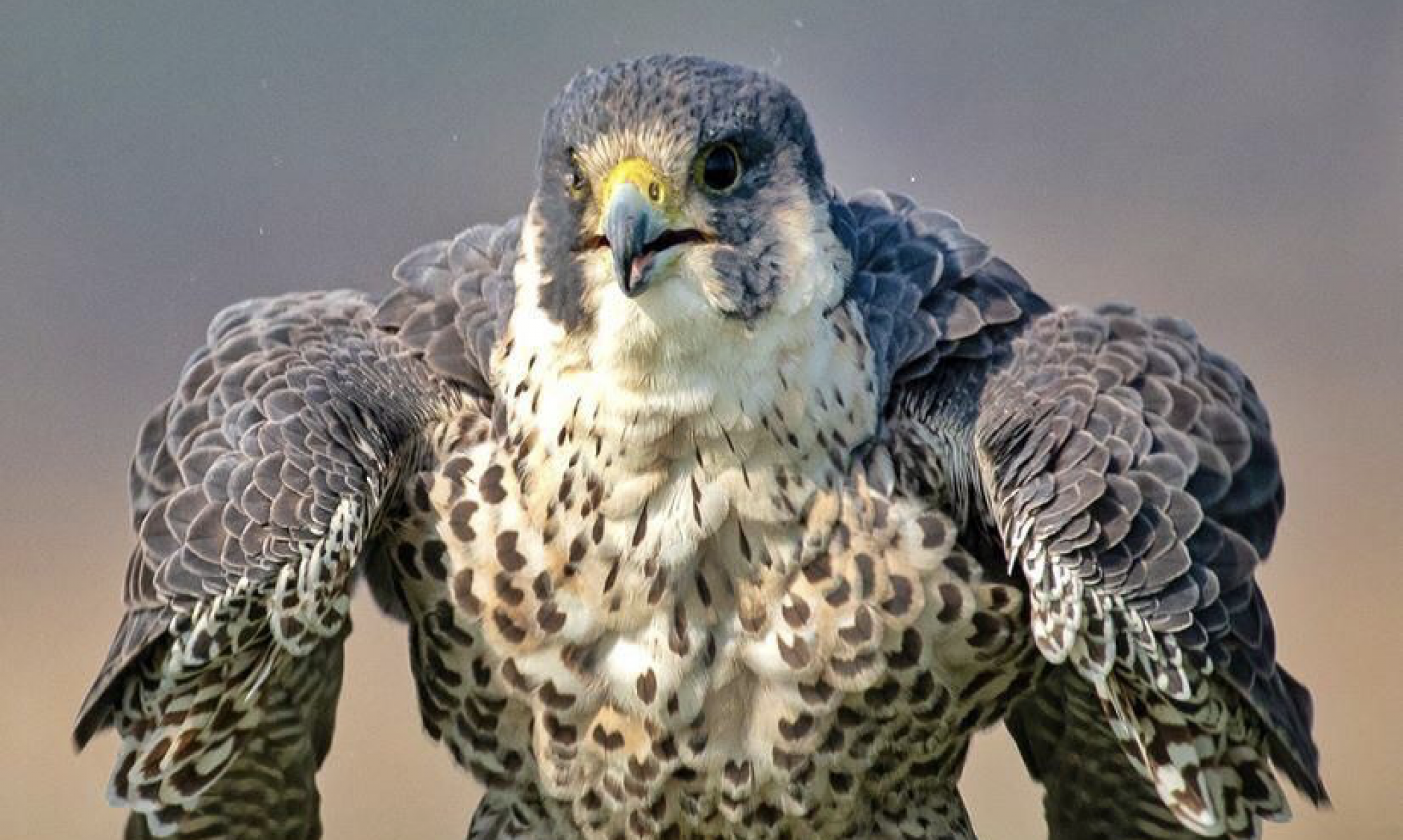This week we took even more pictures of bad posture of our workouts for the posture analysis portion. I classified the images into different checks that I perform. For example, for a leg raise, there is a picture where the legs are well over the perpendicular line, and I made sure the feedback would be “Don’t OverExtend”. Here is a breakdown of the images/feedback that I classified.
Leg Raise:
- Perfect: (No Feedback)
- Leg Over: “Don’t Overextend”
- Leg Under: “Raise your legs Higher”
- Knee Bent: “Don’t bend your knees”
Pushup:
- Perfect: (No Feedback)
- Hand Forward: “Position your hands slightly backwards”
- High: “Go Lower”
Lunges (Forward + Backward):
- Perfect: (No Feedback)
- Leg Forward: “Front leg is over extending”
- Leg Backward: “Back Leg too Far Back”
- High: “Go Lower”




I have finished implementing and the basic fine tuning of all the workout positions. It has been formatted in a way for the application to call it directly through the functions I provide. I spend time teaching Vishal how to use my classes and methods. It has I did a slight touch up on the HSV Bounds as well and it has been pinpointing the joints very accurately on 10-15 other images.
This week I also spent a lot of time debugging the HLS Code and ensuring the FPGA is getting the correct joints. I first generated the Binary Mask into a txt file to compare it with the hardware version. We ran into a lot of problems debugging. First, we messed up the row and col accesses because the PIL library doesn’t follow the matrix form of row x col. Thus, I had to make a lot of changes to my python code in order to match the way Venkata stores it in as the bitstream. There were multiple bugs with erosion and dilation that we spent a lot of time using the software test bench to pinpoint the bug. Finally, after all the unit tests have been working, we ran the FPGA on all the joints. However, there was a slight different in the joint locations returned. After spending 1-2 hours checking the main portion of the code. We realized that the bug was when we created the byte array to send it to the FPGA. I had Pillow 6.1.0 while Venkata had Pillow 8.0.3 (newer version). The different versions of the same library did resizing and converting to HSV differently. Since my HSV bounds have been fine tuned, it took a while for Venkata to reinstall Python 3.6 (because Pillow 6.1.0 is only compatible with this version). My portion can soon be integrated either before or after the demo.
I am currently on schedule and slightly ahead. I might help Vishal if he needs help with the database or application if I have extra time. I will aim to do more testing once the FPGA and my posture analysis portion gets integrated into the application. Fine tuning will be much easier and more efficient with real time debugging rather than through pictures. Hopefully in the next week or two, I can fine tune the bounds and thresholds for the posture analysis even better. Also, since our time to get the image processed on the FPGA is slightly high, Venkata and I will work on optimizing the algorithm more.
